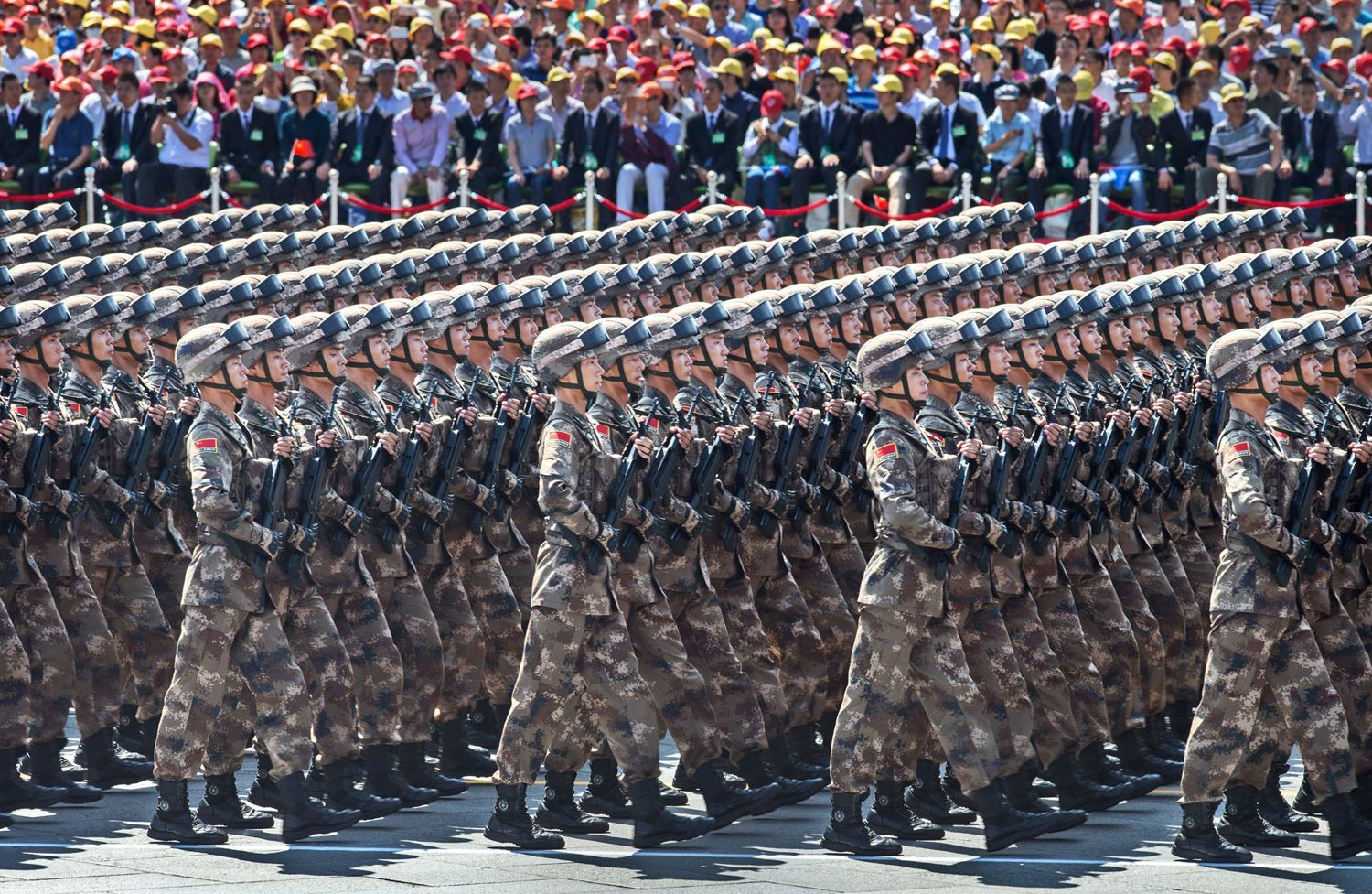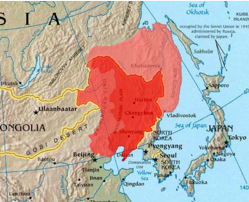Newsroom
Explore our newsroom for our weekly wreck, press releases, and trending topics.
Power shift in Eurasia; Comments on Likely Outcomes
Overview
On the international stage, the actions of Russia and China seem to gain more attention than those of any other country besides America. This installment explores both countries and possible future outcomes.
Russia
Mr. Putin launched an invasion of Ukraine in 2022, likely thinking that he could easily grab Kyiv and overthrow the government. Perhaps it was some comfort to Mr. Putin that eight years prior, European nations and America took no “direct” military response when the little green men led the takeover of Crimea. Granted, the takeover of Crimea took approximately 3 weeks, leaving little time for a Western response.
Mr. Putin was likely further comforted that Ukraine (or, as the Russians refer to it, “The Ukraine,” just as Americans might refer to “The South” or “The Bronx”) had little ability to launch a meaningful attack into Russia.
Unfortunately for Mr. Putin, most of the aforementioned comforts proved false and now he is stuck with fairly static lines, massive losses of troops and equipment, a weaker economy, and likely more sanctions if an end does not come. Even if the war is ended in the coming weeks, the Russian economy would face a massive challenge to retool for peacetime. While China is supposedly an everlasting friend of Russia, it begs the question of whether Russia could effectively resist China’s demand for a return of Outer Manchuria.¹
Regarding the question of relevancy to sophisticated investment and risk managers, we believe that the current American administration is likely to impose further sanctions that would make it more difficult for Russia to continue the war, though at some cost to the supremacy of the American dollar.
In addition to the normal economic sanctions, there might be a further cutting-off of Russia from the SWIFT system, which would significantly impede Russia’s weak banking system. If the war ended, there would be a massive rebuilding effort in Ukraine and eventually a resumption of flow of energy from Russia, which would help both Russia and Europe.
China
China has been an economic miracle over the past couple of decades, becoming the factory to most of the Western world. Since acceptance into the World Trade Organization in 2001, the country has seen massive growth in its GDP and economic prowess. The major issue facing the country now is whether the markets that have helped it achieve that status will remain open, and what the best path forward is.
The reunification of Taiwan is normally expressed as a top priority, but such a move continues to be resisted by Western countries. Even if China were to succeed with a takeover, it might still be vulnerable in accessing energy supplies via Middle East shipping routes.
Lastly, is China’s relationship with Russia. If energy is the critical resource the country is lacking, perhaps over time there will be a redirection of Russia’s pipe infrastructure to China in the East and away from Europe in the West. While Taiwan remains appealing, perhaps it is the chip-making that is the largest draw, but that can be copied over time.
Conclusion
There is massive movement underway in both Russia and China and an understanding of likely outcomes is critical.
Sources:
[1] AI Overview: In the mid-19th century, Russia acquired approximately 1.4 million square kilometers of land from China, primarily through the Treaty of Aigun (1858) and the Treaty of Peking (1860). This territory, known as Outer Manchuria, included areas east of the Ussuri River and north and east of the Amur River, extending to the Pacific coast. This area is now part of the Russian Far East.







